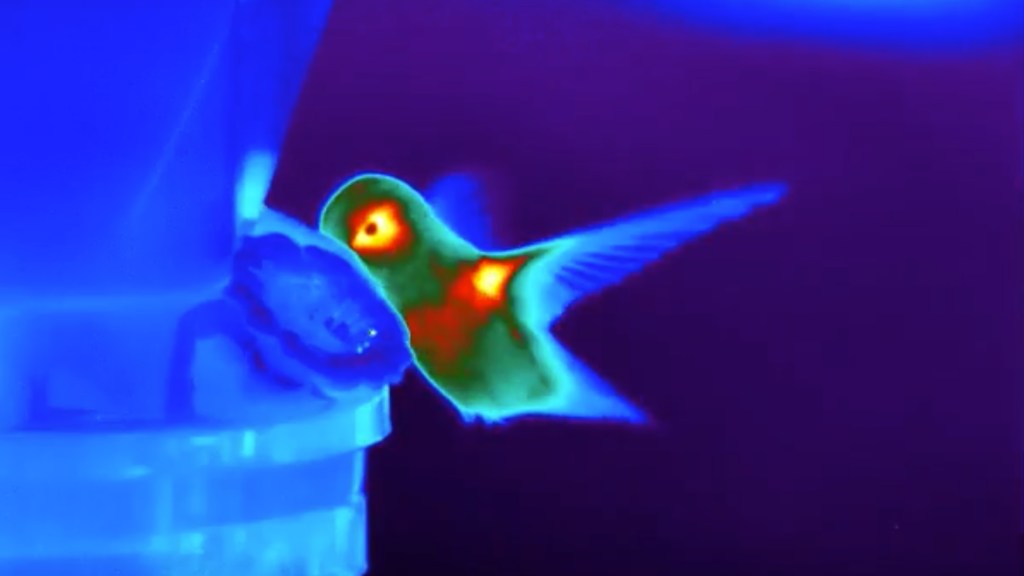Infrared technology has many applications for wildlife research, including enabling biologists to more accurately count greater sage grouse in the rugged country of the arid West (covered in Monday’s blog).
There are many other applications. Here, we showcase video that demonstrates the many ways infrared is aiding conservation research and monitoring.
Infrared allows researchers to detect minor variations in temperature. In these videos, different temperatures show up as different colors – enabling researchers to see creatures in thick forests and at night.
Enjoy these videos, all courtesy of Nature Conservancy partner John Romero of Owyhee Air Research. Romero is pioneering the use of infrared for many field research applications.
In this video, researchers are tracking wolves in a remote Idaho forest.
In the timbered terrain, even a large animal like a wolf is hard to locate. But with an infrared camera, they show up quite clearly. Look closely, and you can even see the radio collars on some of the wolves.
Monitoring wildlife populations for state game agencies is an important application for the technology. These elk are hard to miss, but they can be difficult to count in the rugged, roadless wilderness that comprises much of their range in the American West.
This video wasn’t taken for research, but illustrates the hummingbird’s variation in body temperature – from its super-heated body to its fluttering wings.
Counting bats emerging from a cave would be difficult at best. Note how clearly the bat shows up in this video. You can also see how infrared can even pick up differences in vegetation.
Another application for infrared is tracking fire on the landscape. It can show how hot the fire is burning. You can see here the different intensities of a fire in the Hells Canyon region of Idaho.




Hello Matthew,
I know this is an old blog, but I really enjoyed reading it and learning about ways to use IR. Thank you for sharing!
Thanks! I am glad you enjoyed it.
Matt, This is fantastic. Nice writing. Awesome topic and images. Cheers, Jen